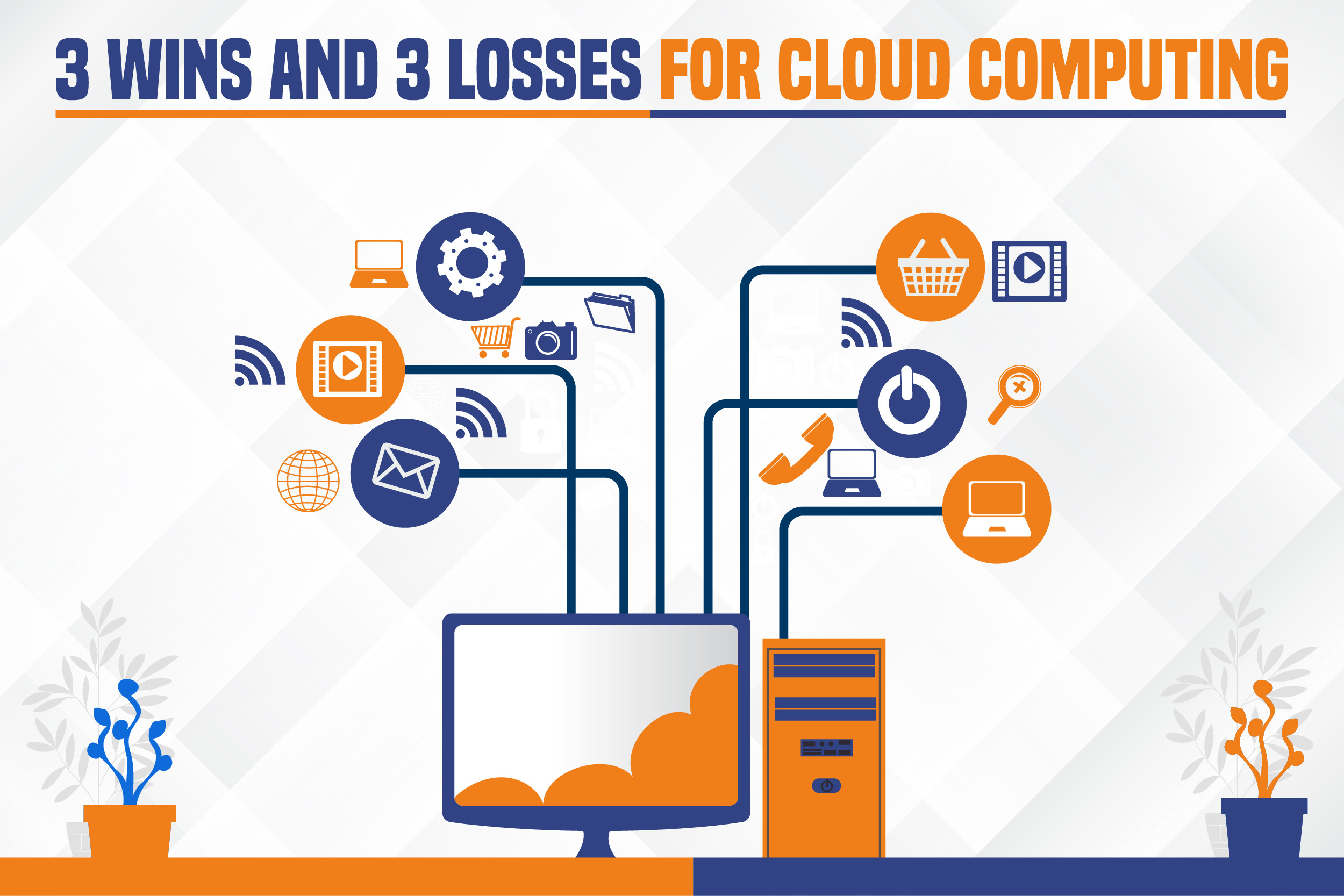
3 Wins And 3 Losses For Cloud Computing
Early on, cloud computing was viewed as merely another method of using a program. These programs, which are today referred to as software as a service, dealt with operations including inventory control, accounting, and salesforce management. Cloud was not seen to be all that groundbreaking because earlier iterations of this app consumption had been there for years.
But it was novel to be able to use distributed data like storage, computation, databases, and the like, or, maybe more accurately, to use individual components of programs as needed. That was the genuine cloud computing headline that caused it to peak around 2008. Based on how you define the inflection point, the date may fall a little sooner or later.
Since we have now used all forms of cloud computing extensively, and also seen Technical Training Development initiatives by organizations, we can more accurately evaluate its strengths and weaknesses. From where we sit, at the start of 2023, here’s the takeaway from the last year.
The Three Prominent Successes And Failures Of Cloud Computing
The Three Wins
1. The Cloud Security
A major advantage of the cloud is security. Despite the fact that the majority of us didn't realize, security in the cloud started to outperform that in conventional systems approximately five years ago. This is primarily attributable to the sums of money spent on research and development to improve cloud security. The drawback is that the majority of those funding sources for innovation come from more conventional facilities' security expenditures. All vendor development areas still lag behind innovation for privately held data center platforms.
2. Business Agility
Most businesses migrated to the cloud during the phase of their Technical Transformation because of the supposed cost benefits, but they stayed because of the agility. Companies that move quickly in today's more innovative marketplaces find that the pace at which cloud systems can adapt is a genuine game changer for the business. Cloud gives organizations the opportunity to flip IT in a very cost-effective way.
3. Industrial-Strength Reliability
Cloud provides Industrial-strength dependability. The majority of people who opposed cloud computing contended that doing so would mean placing all of our trust in one potentially untrustworthy source. Generally, though, that never occurred. There have undoubtedly been disruptions, and they have frequently been covered by the 24/7 media cycle, but they have not been near as frequent or prolonged as critics had expected.
Since many businesses swiftly turned to the cloud to serve distant workers and data centers that were no longer accessible, the global virus outbreak was essentially the very first stress test for the main cloud vendors. The cloud service suppliers demonstrated reliability by performing effectively with only a few significant difficulties.
You must think about how these triumphs can help your company if you're considering cloud computing. However, keep reading. Time to analyze the negatives as well.
The Three Loses
1. The Cost Failures
Early on, practically all providers and budding cloud experts marketed the cloud as a less expensive (or significantly less expensive) alternative to conventional systems. Businesses who switched to cloud computing expected to save a lot of money. Except for brand-new companies without any past IT investments, the savings never fully materialized.
In actuality, most businesses were shell-shocked when they saw their cloud cost. This was because businesses failed to properly control cloud expenses by using cloud finance and operations solutions. Additionally, many businesses did not comprehend (and still do not grasp) the price and terms given by cloud vendors.
2. Plenty Of Options Is Sometimes Not So Good
There is a drawback to having lots of options. Excessive diversity has resulted in over-complexity as a result of the capacity to hire a lot of cloud computing from a cloud vendor and the potential to use even more when adopting multi-cloud. As a result, operations become more expensive, and serious errors are more likely. Complexity increases risk and costs, which are major roadblocks to businesses' desire to advance in the cloud.
3. The Advent Of Cloud Computing Increased The Crisis Of Skills
We cannot blame the cloud service suppliers for this issue. The quick transition to the cloud in this massive Technical Transformation caused a lack of competent professionals, which has placed many businesses at a standstill until they can hire the necessary skills. Although a lot of individuals are starting new jobs in cloud computing or changing their existing ones, there is still a severe shortage of workers with the necessary abilities.
Final Words
These are cloud computing's main positive and negative aspects in the form of some pointers. Overall, it's been a wise decision and a sound growth in how we use technology. Every new technology has advantages and disadvantages. Utilize this knowledge to accomplish goals and stay clear of roadblocks if your company is just starting its trip to the cloud. Those of you who have already experienced cloud computing fully understand the purpose of this article.
